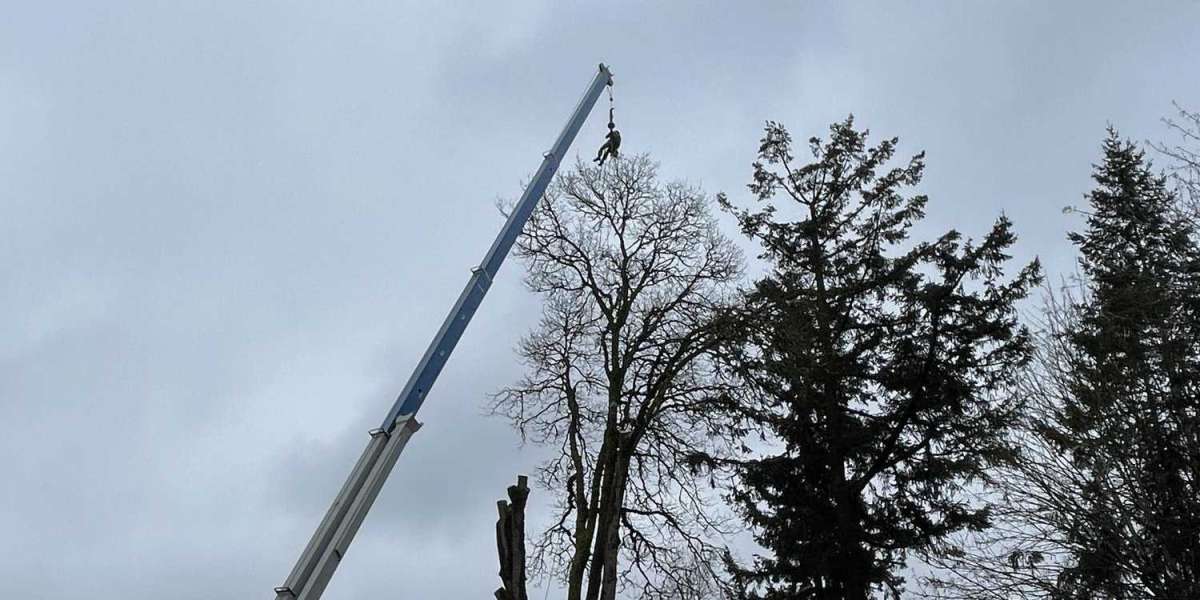However, many homeowners inadvertently make mistakes that can harm the trees and even pose risks to their property. In this, we will delve into the common mistakes to avoid when trimming trees, emphasizing the importance of proper tree care and the occasional necessity of tree removal.
Ignoring Regular Tree Trimming
One of the most common mistakes homeowners make is neglecting regular tree trimming. Trees, like any other living organisms, require proper maintenance to thrive. Regular trimming helps control the size, shape, and overall health of the trees. Failure to trim them regularly may lead to overgrowth, weakened branches, and an increased risk of diseases.
To maintain the vitality of your landscape, it is recommended to schedule tree trimming at least once a year, with specific attention to the tree species and their growth patterns.
Improper Timing of Tree Trimming
Timing is essential when it comes to tree trimming. Performing this task at the wrong time of the year can have adverse effects on the tree's health. While some trees benefit from trimming during the dormant winter months, others, especially flowering trees, should be pruned after they have bloomed.
Avoid trimming trees during the fall, as it is the time when many trees prepare for winter dormancy. Improper timing can lead to stress, reduced energy reserves, and increased vulnerability to diseases.
Overzealous Tree Pruning
Over-pruning, or excessively removing branches, is a common mistake that can harm the tree's structure and health. Some homeowners tend to trim more than necessary, thinking it will promote better growth. However, this can lead to weakened branches, sunburned bark, and an overall stressed tree.
It's essential to follow the 1/3 rule – never remove more than one-third of a tree's crown in a single trimming session. This ensures the tree maintains its structural integrity while promoting healthy growth.
Using Dull or Incorrect Tools
Using dull or incorrect tools for tree trimming can cause more harm than good. Pruning with dull blades can result in ragged cuts, making it difficult for the tree to heal properly. It's crucial to use sharp, clean tools specifically designed for tree trimming.
Investing in quality pruning shears, loppers, and saws can make a significant difference in the outcome of your tree-trimming efforts. Regularly sharpening and maintaining your tools will ensure clean, precise cuts and reduce the risk of disease transmission between plants.
Ignoring Safety Precautions
Safety should be a top priority when it comes to tree trimming. Neglecting safety precautions can result in accidents, injuries, or even death. Always wear appropriate safety gear, including gloves, safety glasses, and a helmet. If the tree is tall or near power lines, consider hiring a professional tree removal service to ensure the task is performed safely.
Additionally, it's crucial to have a clear understanding of the tree's structure and growth patterns before starting the trimming process. This knowledge will help you identify potential hazards and make informed decisions about which branches to remove.
Topping Trees
Tree topping, the practice of cutting the main vertical stems of a tree, is a severe mistake that can lead to long-term damage. Topping not only compromises the tree's structure but also exposes it to diseases and pests. Instead of promoting healthy growth, topping results in the growth of weak, unstable shoots that are prone to breaking.
If a tree has outgrown its space or poses a hazard, it's advisable to consult with a certified arborist to determine the best course of action, which may include selective pruning or tree removal.
Ignoring Signs of Disease
Trimming diseased branches is a vital aspect of tree care, but it's equally important to address the underlying issue causing the disease. Ignoring signs of disease, such as discolored or wilting leaves, can result in the spread of infections to other parts of the tree or nearby trees.
Regularly inspect your trees for signs of disease, and consult with a professional arborist if you notice any abnormalities. Prompt action can help save the tree and prevent the disease from spreading further.
Skipping Professional Tree Removal Services
In some cases, tree removal becomes necessary due to factors such as disease, decay, or posing a threat to property. Skipping professional tree removal services and attempting to remove a tree without the necessary expertise can lead to accidents and property damage.
Professional tree removal services have the experience, equipment, and knowledge to safely and efficiently remove trees, ensuring the protection of your property and the safety of those involved.
Conclusion
Proper tree care, including regular trimming and occasional tree removal, is essential for maintaining a healthy and attractive landscape. By avoiding these common mistakes, homeowners can contribute to the longevity and vitality of their trees. Remember to schedule regular tree trimming, use the right tools, prioritize safety, and seek professional assistance when necessary. By following these guidelines, you can enjoy the benefits of well-maintained trees while enhancing the overall beauty of your property.



